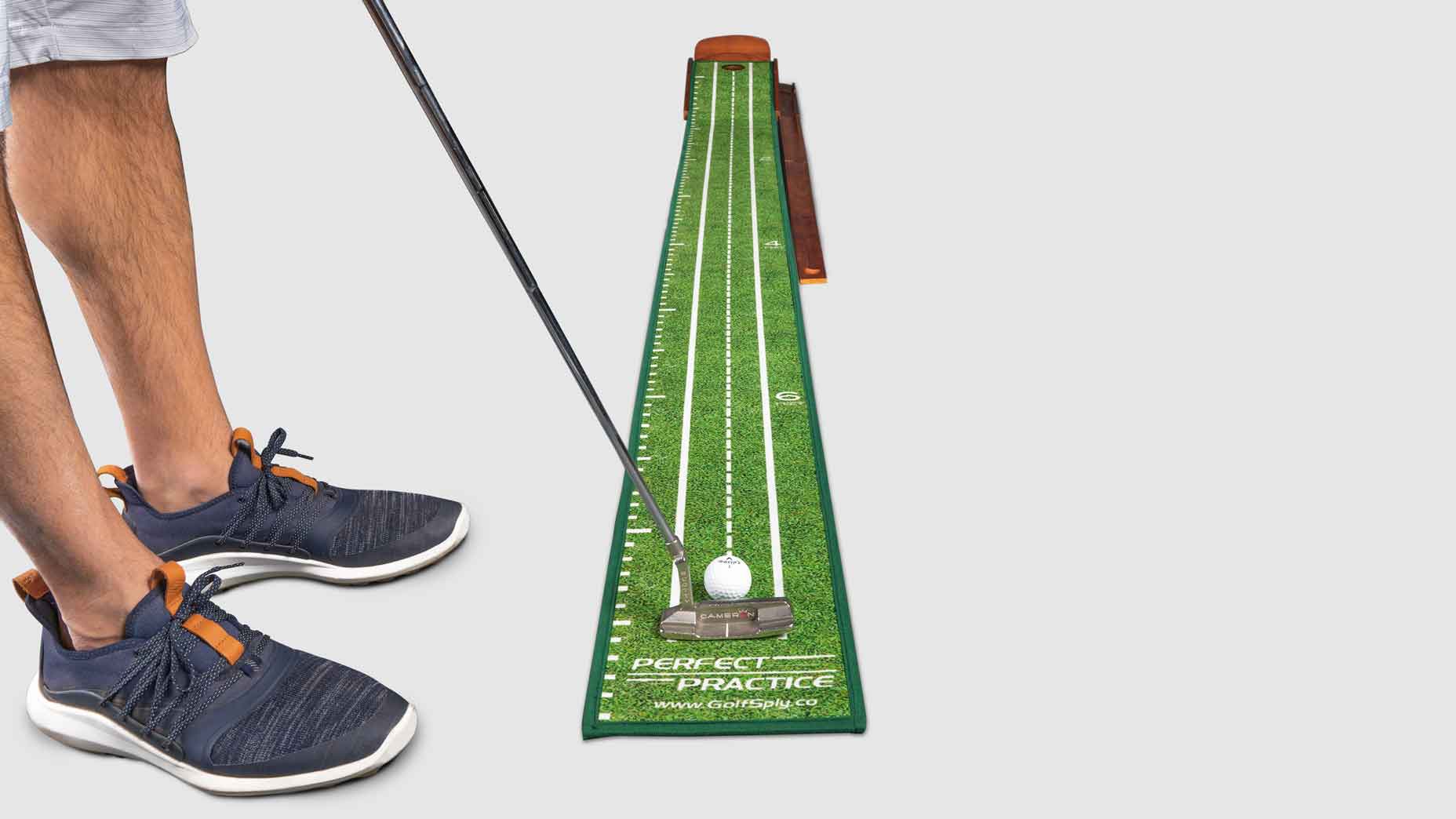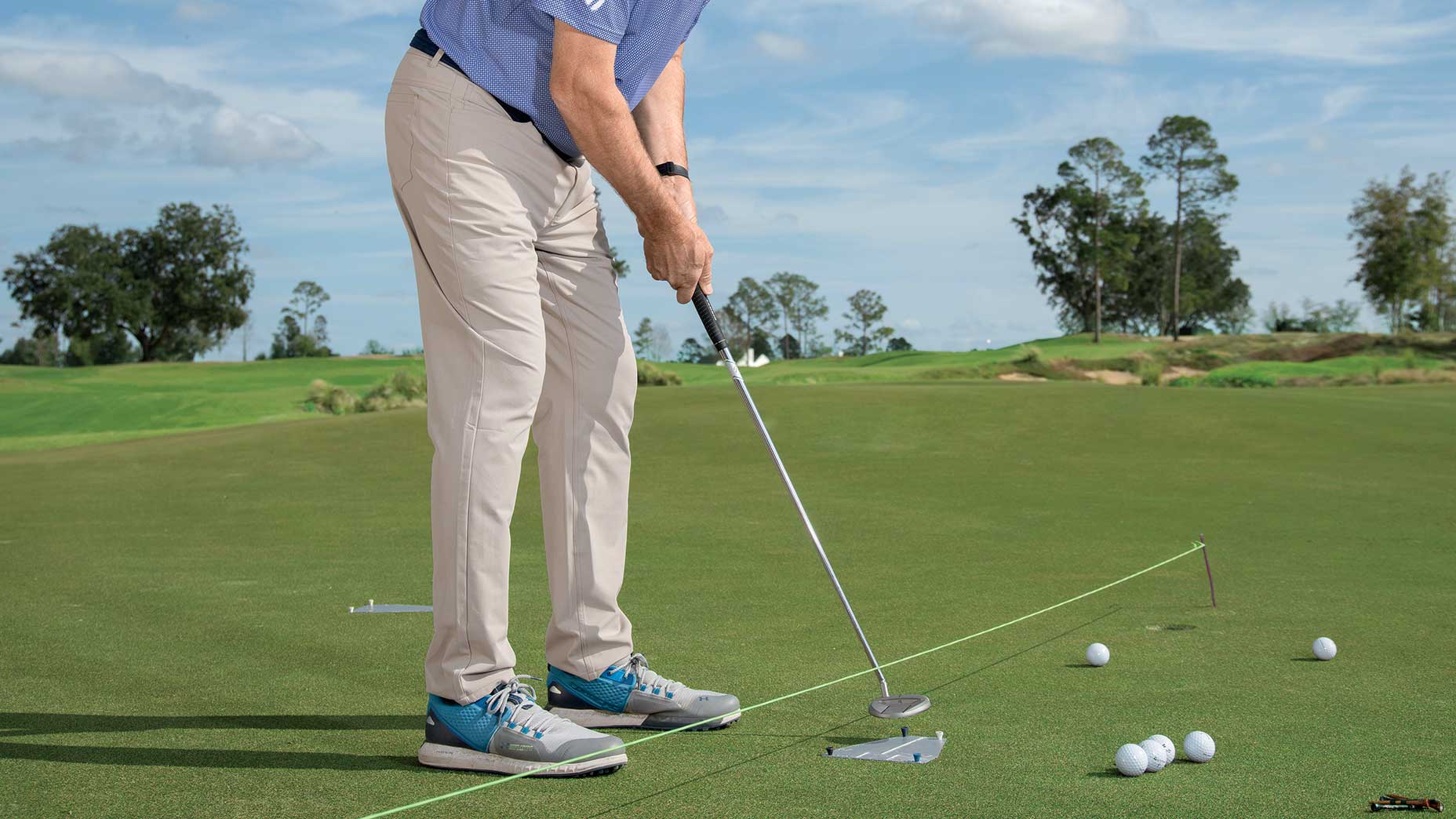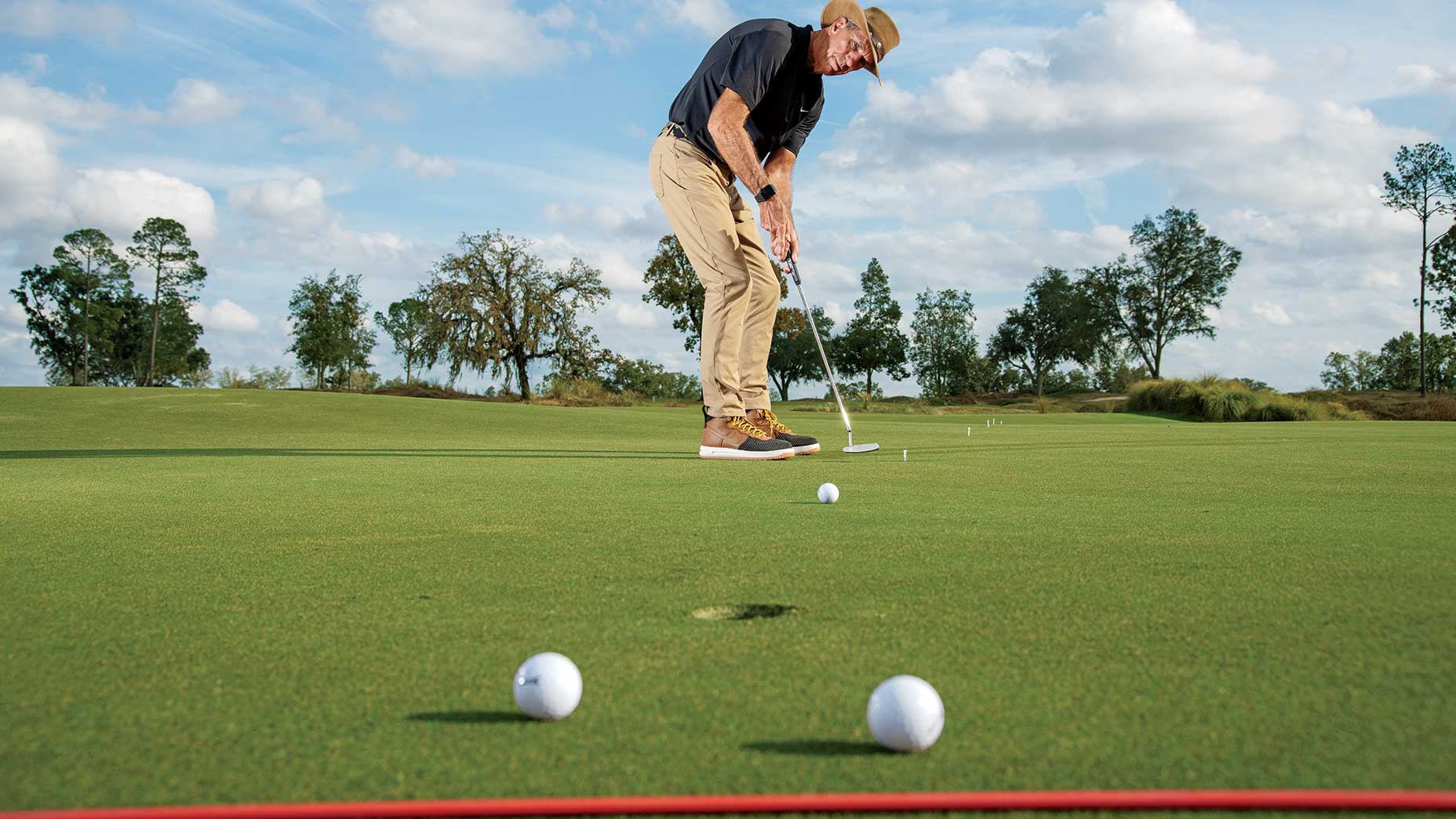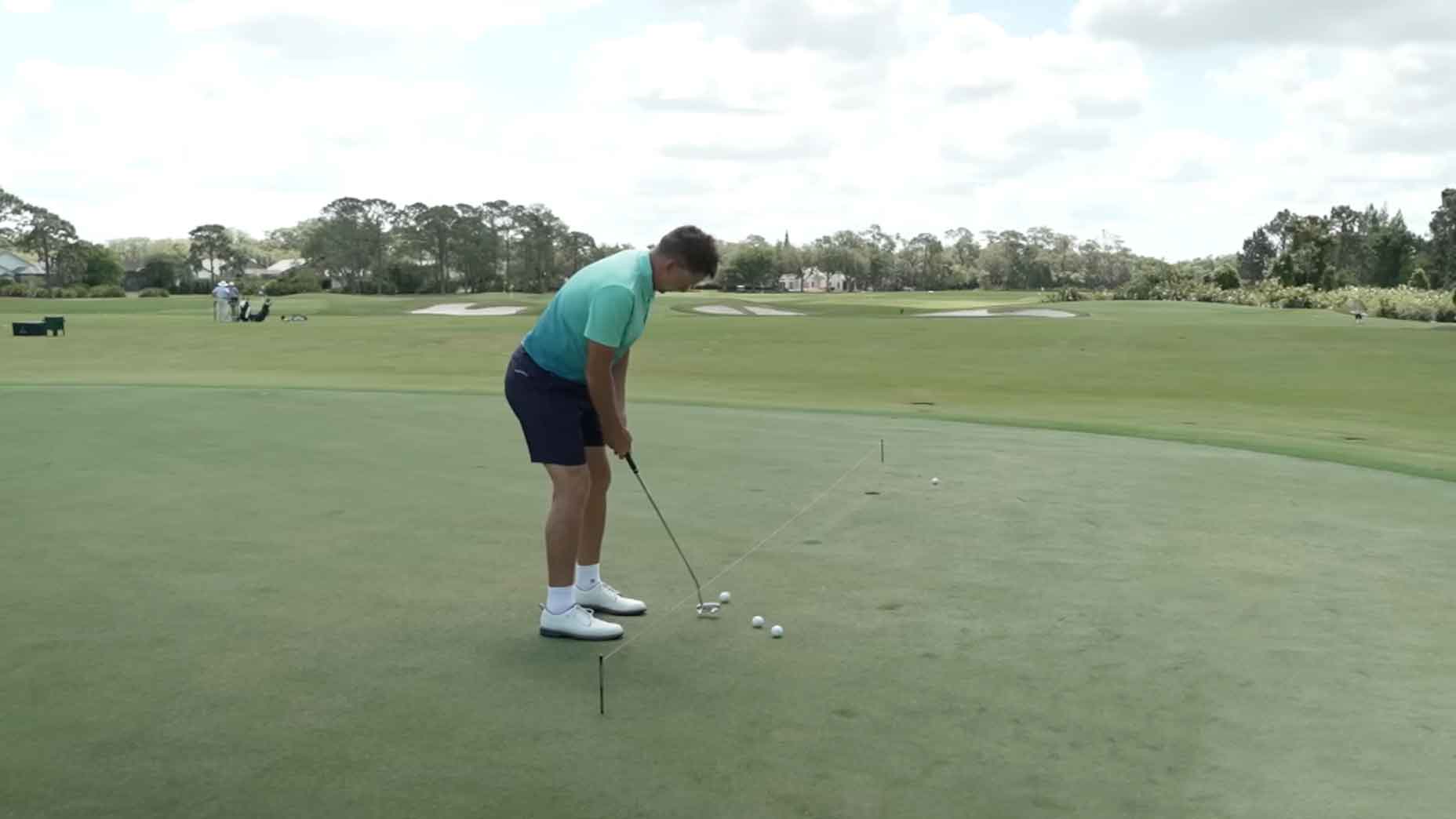What does it take to create the most popular training aid of the Covid era? Persistence, ingenuity, hustle … and humiliation. Let’s begin with the last one, shall we?
Oren Kantor grew up in a basketball family — his grandfather owned the Dayton Wings of the defunct World Basketball League — and didn’t come to golf until high school. By the time he was a senior, at the Pine Crest School in Ft. Lauderdale, Kantor was a strong ball striker tormented by his putting. The nadir came during a taut match when his score would determine if his Panthers were to win or lose. With his teammates circling the final green, Kantor four-putted from 30 feet, leading to a crushing defeat. The memory still haunts him. “I’ll never forget the silent drive back to school on the bus,” says Kantor.
He went on to earn a Masters in entrepreneurship from the University of Florida, then developed a gambling app and a business selling high-end beauty products online. Neither were a home run, but he learned a lot along the way. In 2011, Kantor went to work for the family business, a wholesale grocery shipping service. Playing every week with his father, David, at Mizner Country Club, in Delray Beach, Fla., he fell back in love with the game, but Kantor’s putting remained problematic. Seeking salvation, he ordered a $90 putting mat off Amazon. The shoddy construction and shaggy Astroturf were disappointing, but Kantor loved the Zen aspect of stroking putts in his living room. He decided to build a better mousetrap.
Months of testing prototypes ensued. While battling the yips as a teen, Kantor had ordered a pair of glasses that projected train tracks on the ground, helping him with alignment and the ability to see the line. He incorporated those elements into his design. The breakthrough was discovering a material called crystal velvet, which feels like the felt on a pool table. On hardwood it Stimps at around 13, while atop carpet it still rolls 11. The Perfect Practice Putting Mat was born. Kantor plowed his savings into ordering 500 units. “I had a pit in my stomach,” he says, “but I believed in the product and decided I had to take the risk.”
The mats arrived the day after Christmas 2018. A few weeks later Kantor posted up at the PGA Show in Orlando. The feedback was positive and 25 mats sold. But how to reach a larger audience? Kantor began studying how his wife, Megan, shopped on Instagram, often by clicking on products embedded within posts. It was the proverbial lightbulb moment. Kantor spent the ensuing days direct-messaging every Tour player under the sun, offering them a free mat. Smylie Kaufman was the first to reply. A mat was overnighted to him and the day Kaufman posted a video to Instagram, 20 Perfect Practices sold through Kantor’s website golfsply.co. Joaquin Niemann reached out to get one and posted about it, too. Then Jimmy Walker became obsessed. The buzz was building.
All of these pros can afford to buy a $179 mat, but a freebie is irresistible. “Once they get the mat and see their putting improve, I think they feel bad they didn’t pay for it,” says Kantor, “so they always do a [social-media] post.” These testimonials were priceless for establishing credibility with consumers. And for the pros there are benefits, too. “It rolls perfect, and you can get really great feedback about your putting stroke,” Walker told me. He keeps his mat between his home office and living room. “I walk by it and I stop and putt for five minutes,” he says. “You do that all day long and it makes a difference.”
Kantor sold 250 mats on Cyber Monday 2019, exhausting his supply. The next day he plowed every dollar the company had made and ordered 8,000 more mats from the factory in China. Fortune favors the bold — the mats were shipped just before all of China came to a standstill over Covid-19. Then the Tour was suspended, and bored pros began flooding social media with footage of them goofing off at home, with Perfect Practice enjoying a starring role. Dustin Johnson posted a lighthearted video with a memorable cameo by his fiancée. “I’ve been using it every day,” Johnson says. “Even Paulina and the boys are having fun with it. I definitely plan on making it part of my routine.”

Kantor has now sold 25,000 mats and another 2,000 are on back order as three cargo containers float across the ocean. Once the mats arrive in the U.S., delivering them is seamless because Perfect Practice operates out of the family shipping center in Ohio. Since groceries are their primary product, more than 400 employees keep this essential business humming.
The standard Perfect Practice mat is just over nine feet in length, but Kantor will soon be rolling out a more petite version that is easily transportable, as well as a jumbo model that stretches to 15.5 feet. He is in talks with both Costco and Dick’s Sporting Goods, and he is brainstorming with swing-coach-to-the-stars Matt Killen on a variety of other training aids. Kantor, a 3-handicap, is a persuasive salesman because he remains the Perfect Practice’s biggest fan.
“I drain long putts all the time now and it’s such a great feeling,” he says. “When I’m on the course, I imagine the train tracks are on the green and I let the muscle memory take over, because in my home I’ve made literally thousands of putts. I know how to do it. Most importantly, I’m not scared like I used to be.”
Thinking back to the moment that launched golf’s hottest training aid, Kantor says, “I will never, ever four-putt again.”









